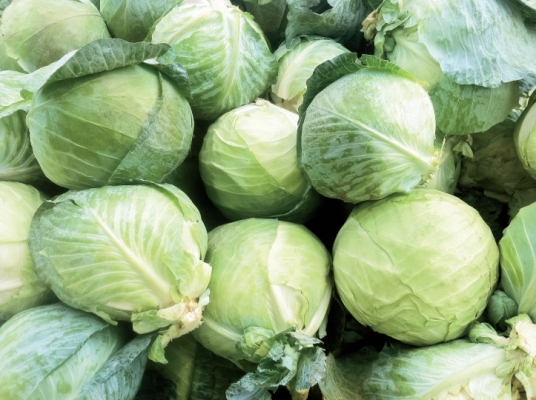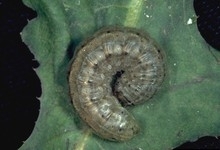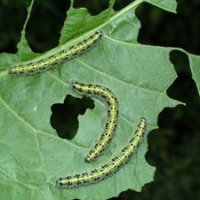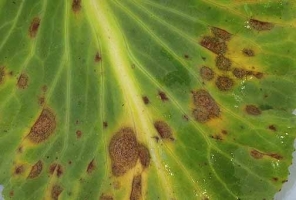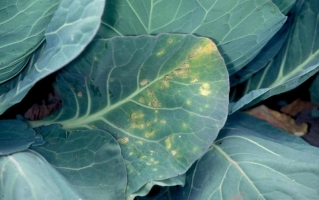Pusa Ageti: Suitable for tropical climate. At time of head formation, temperature should be in range of 15 to 30oC. Ready to harvest in 75 to 90days. Gives average yield of 45 to 130qtl/acre.
Pusa Drum Head: Late variety, mid-long stem, flat green and large size hard heads, high yield variety. It gives an average yield of 156-182qtl/acre.
Golden acre: Suitable for all regions, early maturing, small plant, 4-5 opened leaves, round green and small size having hard head. The variety gets ready in 60-70 days and it gives an average yield of 94-104qtl/acre.
Pride of India: Small plant, almost round, green in color and has small to medium size heads. It gives an average yield of 100-125qtl/acre.
Shree Ganesh Gol: Crop is ready to harvest in 80days after transplantation. Gives average yield of 140qtl/acre.
Other state varieties:
Pusa Mukta: Round, hard head and attractive light color variety. The variety gets ready in 85-90 days. Summer crop gives an average yield of 84qtl/acre and winter season crop gives an average yield of 125qtl/acre.
Hari Rani Gol: Hybrid, ready to harvest in 90-95days. Gives average yield of 140-160qtl/acre.
Kranti : Hybrid, ready to harvest 60-65days. Suitable for closer spacing. Gives average yield of 80qtl/acre.
Red Cabbage: Leaves are deep purpled red colored. Its yield is low compared to other cabbage variety.
Manisha, Krishna, Mitra, Naath-401 etc.
Popular varieties of Cabbage: Pusa Drumhead, K-1, Pride of india, Kopanhagen, Ganga, Pusa synthetic, Hariana, Kaveri, Bajrang. The average yield is near about 75-80 qtl per acre.
Midseason Market, September Early, Early Drum head, late large drum head, K1

